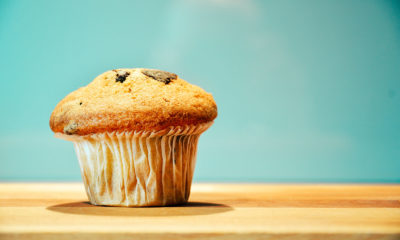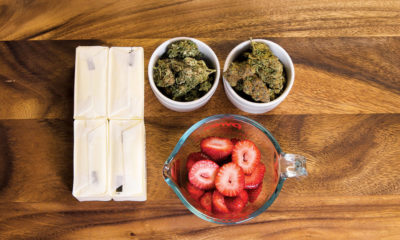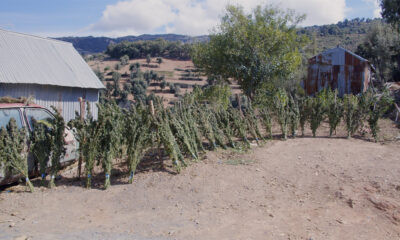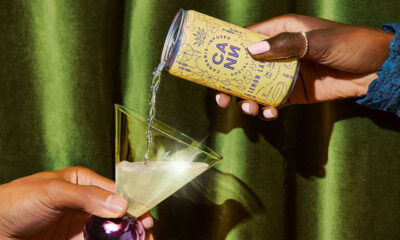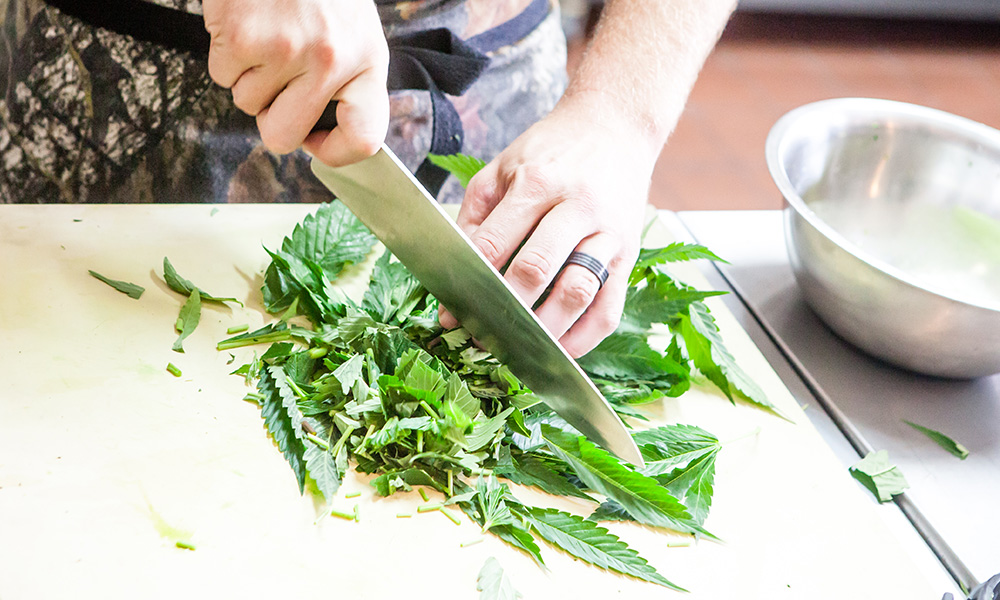
Edibles
Why Lawmakers Keep Trying to Ban Edibles
In states where many lawmakers are skeptical of marijuana legalization but are forced to write cannabis laws anyway, there’s a common idea: Ban edibles.
One of the most healthy, effective and efficient methods of consuming medical marijuana is to eat it. Edibles offer a rare example of accord: Doctors, researchers and anyone who doesn’t like the smell of cannabis smoke all agree that eating marijuana is preferable to smoking it. However, under the unassailable logic that always follows marijuana policy, edibles are frequently banned — even in places where recreational marijuana is legal.
For example, once legalization begins Oct. 17 in Canada, six out of 10 marijuana consumers will use cannabis via edibles, according to Deloitte, an auditing and consulting firm. All of them will be breaking the law. Edible marijuana will remain verboten in Canada for at least a year, leaving those consumers with lung issues, residences where smoking is prohibited or any other reasonable cause to prefer cookies, candies, drinks, and anything else chewable with no choice but to patronize the underground market.
In the United States, states that have recently legalized medical marijuana have followed the recent trend of applying draconian restrictions on edibles.
Maryland, a recent addition to the 31 states where cannabis with THC is available legally with a doctor’s imprimatur, bans edibles on the intellectual basis that oral marijuana products are too close to a recreational marijuana product. (However, Maryland’s “ban” is easily circumvented, as the Baltimore Sun recently reported).
In Arizona, edibles have been forbidden since a judge ruled in June that “hashish,” the archaic blanket term used to mean “concentrated marijuana,” was not included in that state’s medical marijuana law. Most dispensaries have ignored the ruling and are continuing to sell what’s proven to be a popular product, particularly among newcomers to cannabis wary of or simply not interested in smoking.
In the states where they are legal, edibles are subject to a “patchwork” of restrictions, including caps on the amounts of THC allowed per serving and bans on edibles made into the shapes of fruits or animals. The idea is to keep edibles from appealing to children, as the reasoning goes.
And though emergency-room visits by children after “accidentally” ingesting cannabis products did spike in Colorado and there have been a few high-profile instances of children bringing marijuana edibles to school, the issue is contained. In Colorado, for example, there were only a few hundred cases of cannabis-related emergency room visits in a state of millions and zero fatalities or serious consequences.
At the heart of any discussion about edibles should be two questions: Who does it help, and who does it hurt?
Bans or restrictions on edibles don’t appear to help anyone. Cooking with cannabis, which remains the world’s most popular illegal drug in the places where it is banned, is remarkably easy to do. The regular excuse bleated by law-enforcement and prohibitionists is “the children.” Again, no nexus between legalization and youth use or some public-health plague has been established.
Meanwhile, edibles bans do serve to make cannabis harder to access and less healthy to consume. That is, they discourage marijuana consumption — and for those who feel they must or need to use cannabis, it forces them to support the underground market.
Edibles bans subvert and delay legalization — which, stated or not, appear to be their real purpose.
TELL US, does your state allow for legal cannabis edibles?



